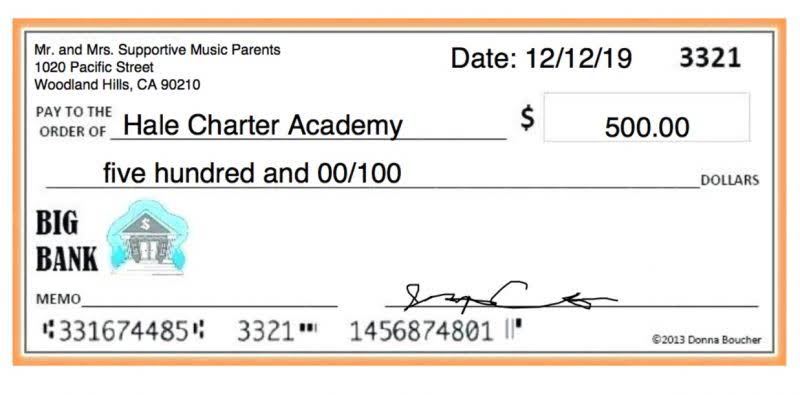
When we talk about offline payments, we are referring to payments done with a check, or cash. That’s because the single-entry bookkeeping is a lot more simple and straightforward than the double-entry one. The first step after you’ve incorporated your business should be to open a business bank account.

What are examples of bookkeeping for a small business?

Outsourcing the work to a seasoned bookkeeper can allow you to focus on your business plan and growth. Not only can this help you set goals, but it can also help you identify problems in your business. With an accurate record of bookkeeping all transactions, you can easily discover any discrepancies between financial statements and what’s been recorded. This will allow you to quickly catch any errors that could become an issue down the road. Because bookkeeping involves the creation of financial reports, you will have access to information that provides accurate indicators of measurable success. By having access to this data, businesses of all sizes and ages can make strategic plans and develop realistic objectives.
FREE Daily Action Plan Samples to Download
- Keeping track of your accounts payable helps you make sure your bills are paid on time and that your cash flow is managed properly.
- An example is the debt ratio, which compares your liabilities to your assets.
- From the cash you have on hand to the debts you owe, understanding the state of your business’s finances means you can make better decisions and plan for the future.
- Enter the starting date for the week at the top of the template, and the dates will automatically populate the timesheet.
You never want to waste time chasing down last month’s missing invoice, and you certainly don’t want to find yourself in trouble with legal requirements. Visit SBA.gov to find out more about how small businesses can stay legally compliant. Alternatively, you can pay an accountant, bookkeeper, Accounting Security or outsourced accounting company to manage your accounts and ledger for you.
- Small businesses also manage their own accounts receivable to make sure they get paid on time for goods and services that have already been bought or rendered.
- Helps you keep an up-to-date record of the quantity available and the cost value.
- The proforma invoice is for issuing before the supply of the goods or services.
- In the cash method of accounting, you record the transaction only when the money has actually changed hands.
- To prepare a profit and loss statement, first include all the revenue your business made during that period.
- Pacific Bookkeeping’s pricing will be moderate, so consumers feel they receive great value when purchasing the bookkeeping services.
Using Our Google Sheets Ledger Template
- Use this template to review each item and determine the overall month-end cash position for each time period.
- Some businesses use separate payroll software, which can connect or integrate into any bookkeeping or accounting software system.
- This habit improves communication, boosts transparency with your bookkeeping team, and promotes longevity and compliance.
- Posting debits and credits to the correct accounts makes reporting more accurate.
- More complex companies can add advanced tools such as mileage and time tracking, projects and proposals, and reports.
- Money allocation usually requires a customized spreadsheet to determine specific costs.
- Using a one-size-fits-all chart of accounts may not adequately reflect a business’s unique operations.
This payroll register template includes a pay stub and a register of employee recording transactions information to help you process payroll. The pay stub tab displays payment and withholdings for an individual employee, while the register lists employee job titles, salaries, vacation and sick allowance, and pay schedule. It also shows pre- and post-tax deductions, such as 401(k) contributions and insurance, and federal and state taxes. List each invoice by ID number, date, customer name, description, and amount. The template provides a running total each time you enter a new invoice and calculates the total amount invoiced to date.


They usually include information about what you own, what’s owed, and what’s left over for the owners (also known as assets, liabilities, and equity). The easiest way to do small business bookkeeping is by using accounting software, such as FreshBooks. FreshBooks makes it easy to automate large parts of the bookkeeping process, simplifying this vital task while ensuring accurate financial reports, tracking, and records. By recording cash transactions when the money actually changes hands, you can simply cross-reference your bank statements with your bookkeeping records to ensure accuracy.
